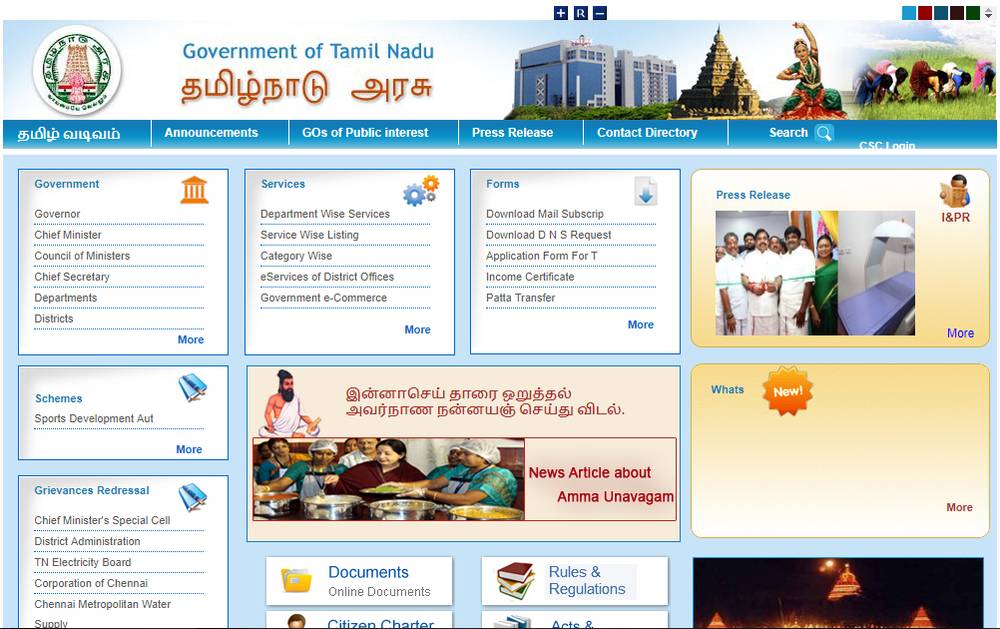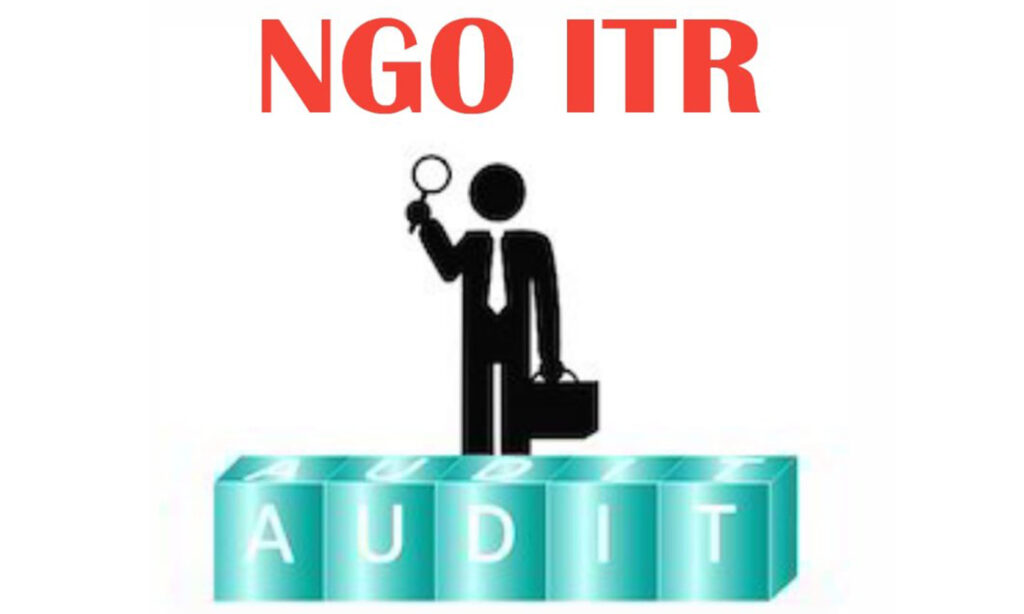Telangana Government, as a part of its welfare measures and social safety net strategy, introduced the Aasara pension scheme with a view of ensuring a secure life with dignity for all the poor people. Aasara pension scheme is meant to protect the most vulnerable sections of society to support their day to day minimum needs to be required to lead a life of dignity and social security. Aasara pensions provide substantial financial benefits to all the below-mentioned categories, particularly those who are most needy. Old and infirm People with HIV-AIDS Widows Incapacitated weavers Toddy tappers Eligibility Criteria for Aasara Pension Eligibility Criteria for Old Age To get Aasara to pension, the age should be 65 years and above Primitive and Vulnerable Tribal Groups Only one pension in a family, preferably women Landless agriculture labourers, rural artisans or craftsmen slum dwellers, persons earning their livelihood daily in the informal sector like porters, coolies, rickshaw pullers, hand cart pullers, fruit or flower sellers, snake charmers, rag pickers, cobblers, destitute and other similar categories irrespective of rural or urban areas Homeless households residing in temporary informal establishments or huts especially in urban areas Households headed by widows or terminally ill persons, disabled persons or persons aged 65 years or more with no assured means of subsistence or societal support and able-bodied earning member Eligibility Criteria for Widows If the age of the widow is 18 years and above, she is eligible for Aasara pension. Primitive and Vulnerable Tribal Groups Women headed households with no able-bodied earning members Only the widow is given the pension Landless agriculture labourers, rural artisans or craftsmen, slum dwellers, persons earning their livelihood daily in the informal sector like porters, coolies, rickshaw pullers, hand cart pullers, fruit or flower sellers, snake charmers, rag pickers, cobblers, destitute and other similar categories irrespective of rural or urban areas Homeless households residing in temporary informal establishments or huts especially in urban areas Households headed by widows or terminally ill persons, disabled persons or persons aged 65 years or more with no assured means of subsistence or societal support and able-bodied earning member Eligibility Criteria for Weavers Age criteria for weavers to get Aasara pension are 50 years and above or local post office Primitive and Vulnerable Tribal Groups Only one pension in a family By profession, a person should be in weaving, irrespective of rural or urban areas Homeless households residing in temporary informal establishments or huts especially in urban areas Households headed by widows or terminally ill persons, disabled persons or persons aged 65 years or more with no assured means of subsistence or societal support and able-bodied earning member Eligibility Criteria for Toddy Tappers 50 years and above-aged Toddy Tappers are eligible for Aasara Pension Primitive and Vulnerable Tribal Groups Only one pension in a family By profession, a person should be in Toddy Tapping, irrespective of rural or urban areas Homeless households residing in temporary informal establishments or huts especially in urban areas Households headed by widows or terminally ill persons, disabled persons or persons aged 65 years or more with no assured means of subsistence or societal support and able-bodied earning member For Toddy tapper pensions the verification should be confirmed whether the beneficiary is a registered member in the Co-Operative Society of Toddy Tappers Eligibility Criteria for Disabled Person Aasara pension is issued to the Disabled Person irrespective of their Age Primitive and Vulnerable Tribal Groups Women headed households with no able-bodied earning members In the case of Hearing Impaired, the minimum disability should be 51% Landless agriculture labourers, rural artisans or craftsmen slum dwellers, persons earning their livelihood daily in the informal sector Homeless, houseless households residing in temporary, casual establishments or huts especially in urban areas Households headed by widows or terminally ill persons, disabled persons or persons aged 65 years or more with no assured means of subsistence or societal support and able-bodied earning member Documents Required to Apply for Aasara Pension Photograph of applicant Aadhaar number (Aadhaar number is not available they shall secure one in the next three months) Savings Bank account number and IFSC code either from a bank or local post office Proof of Age, if no document is available for the confirmation of age in case of old age person, other documents such as age proof of children or grandchildren’s marriage certificate etc. can be submitted Photograph Death certificate of the husband in case of widows (where death certificate is not available the Panchayat Secretary shall conduct a detailed enquiry and submit a report). However, the death certificate shall be obtained in the next three months and uploaded in the online system Photocopy of registration in Co-operative society of Toddy Tappers Weavers should submit a photocopy of registration in Co-operatives society of weavers SADAREM Certificate in the case of persons with disabilities 40% or above and 51% in respect of the hearing impaired Aasara Pension Amount Sl.No Category Monthly Pension Amount (Rs.) 1 Old Age 1000 2 People with HIV-AIDS 1000 3 Widows 1000 4 Incapacitated weavers 1000 5 Toddy Peppers 1000 6 Disabled 1500 Apply for Aasara Pension Step 1: Download the Aasara pension application form from the Official website of respective Municipal Corporation. The applicant can get the application from the nearby MeeSeva Centre. Step 2: Fill the application form and attach all the documents mentioned above. Step 3: Applicant can give the application to Gram Panchayat Secretary or Village Revenue Officer in the rural area and Bill Collector in Urban area. Step 4: After processing through Aasara online portal by Municipal Commissioner and finally by District Collector, Aasara Pension cards are distributed for the relevant category by affixing the photo of the beneficiary. FAQs What is the Aasara Pension Scheme? Aasara Pension Scheme is a welfare initiative launched by the Telangana government to provide financial assistance to vulnerable sections of society, including the elderly, widows, disabled individuals, and certain marginalized communities. The scheme aims to help these groups live with dignity by offering a monthly pension. Who is eligible for the Aasara Pension? Senior citizens









